Not only does it have majestic landscapes and diverse ecosystems, Ha Long is also a bay with rich economic potential, a cultural space with depth and many creative values, and has early formed a number of famous marine cultures.

Ha Long Bay is the space that formed the maritime cultures: Soi Nhu - Cai Beo - Ha Long in prehistoric times; is an important economic center in the East Asia region, playing the role of connecting Northeast Asia with Southeast Asia and Southwest Asia since the first centuries AD; is the most important international diplomatic and trade hub of Dai Viet nation. According to scientists , Ha Long culture belongs to the late Neolithic period to the early Bronze Age, dating from about 6,000 to 3,500 years ago. The area is mainly distributed in Quang Ninh and some places in Hai Phong.
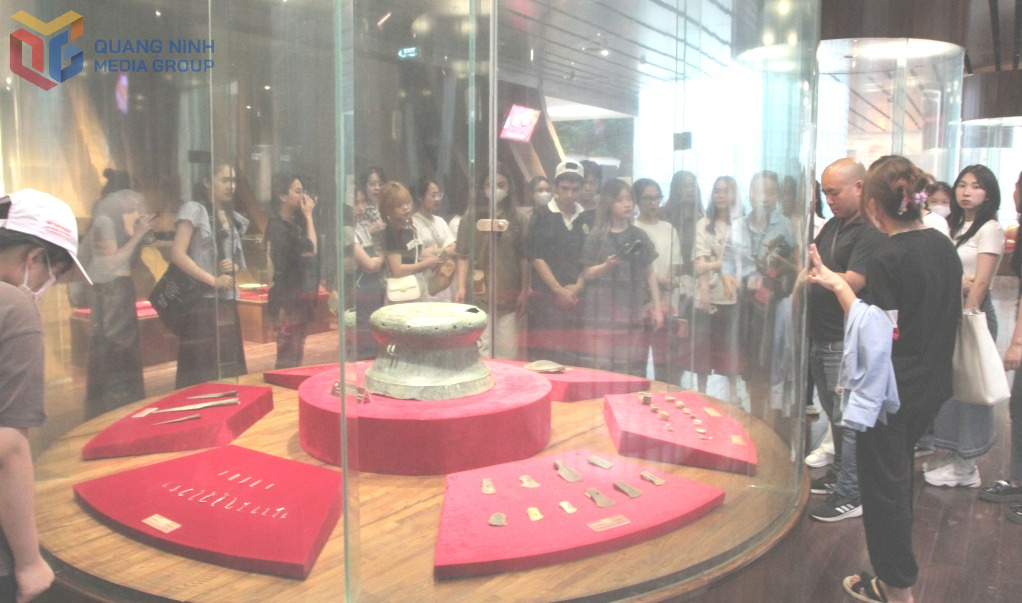
Ha Long culture originated from a maritime culture, with very unique characteristics, expressed through a diverse system of relics, a rich system of artifacts... and new developments in the techniques of making stone tools, jewelry, and pottery. In particular, porous pottery is decorated with additional patterns, S-shaped carved patterns, water wave patterns, and U-shaped grooved tools.
Ha Long is the name of a culture with a strong maritime color, the largest in Vietnam and located in the pivotal period from prehistory to history. In particular, Ha Long culture is a great cultural resource that accumulates, forming the cultural identity of Vietnam. Ha Long culture is the basis for creating resources combined with maritime culture and continental culture to create the birth of the first states on the territory of Vietnam.
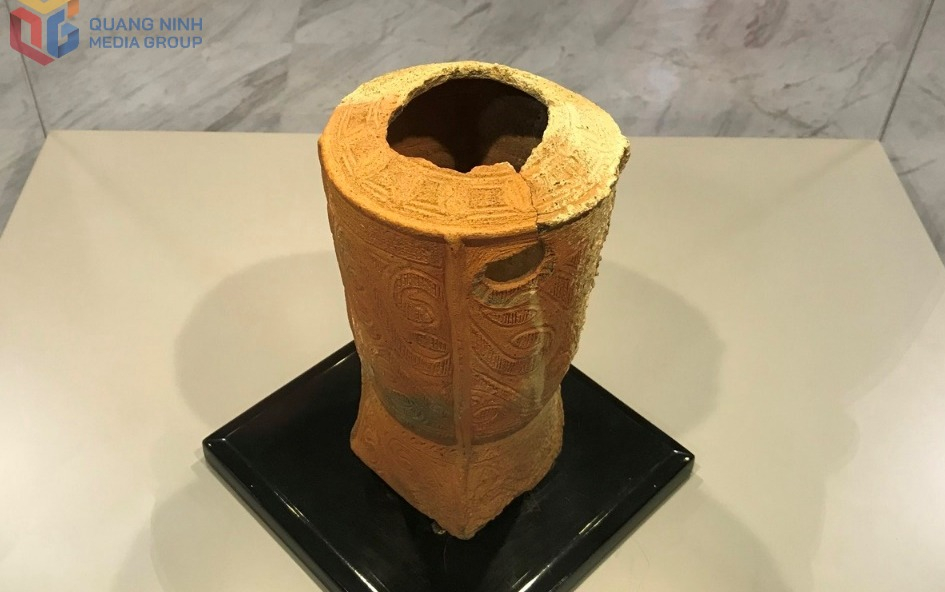
According to Professor, Doctor Nguyen Quang Ngoc, Vice President of the Vietnam Historical Science Association, that is the great value of the first Vietnamese maritime culture, creating vitality for the Vietnamese nation from the founding of the country until now. The combination of maritime culture and continental culture, crystallizes the material and spiritual strength of the Vietnamese people. Ha Long maritime culture is dynamic, attractive, widespread, widely interwoven, has a strong vitality and those values are multiplied in new conditions.
Regarding intangible culture, Ha Long residents still preserve a lot of folk knowledge, customs, folk arts, and unique legends about the sea. According to Professor, Dr. Nguyen Van Kim, Vice Chairman of the National Cultural Heritage Council, there are also coastal folk festivals, whale worship and sea gods. These beliefs express the coastal residents' awareness of the power of nature.
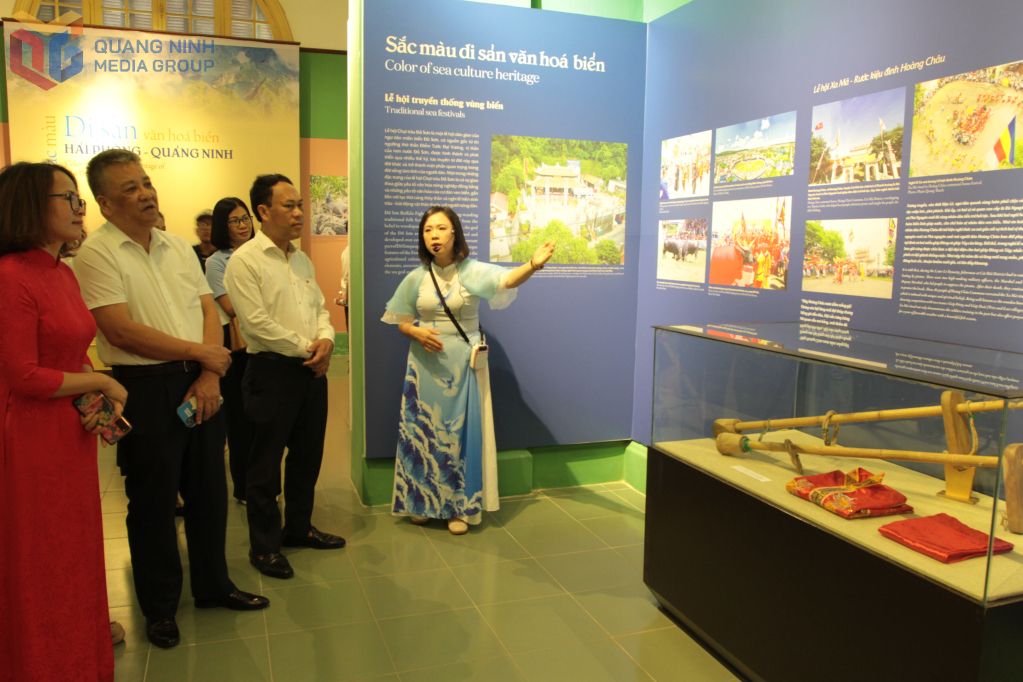
In general, the cultural space of Ha Long Bay is diverse, multi-layered, has depth and reaches a high level of universality in its influence. It can be considered a cultural complex of both tangible and intangible cultural values formed and integrated in the heritage landscape - majestic natural wonder. The richness, typical characteristics and historical depth of Ha Long culture, both tangible and intangible, are vivid evidence of the tradition of exploiting the sea, thinking towards the sea, and developing the marine economy of the Vietnamese people through many generations. Those values have contributed to increasing the unique value, depth, integrity and authenticity of the World Heritage Ha Long Bay.
Huynh Dang
Source




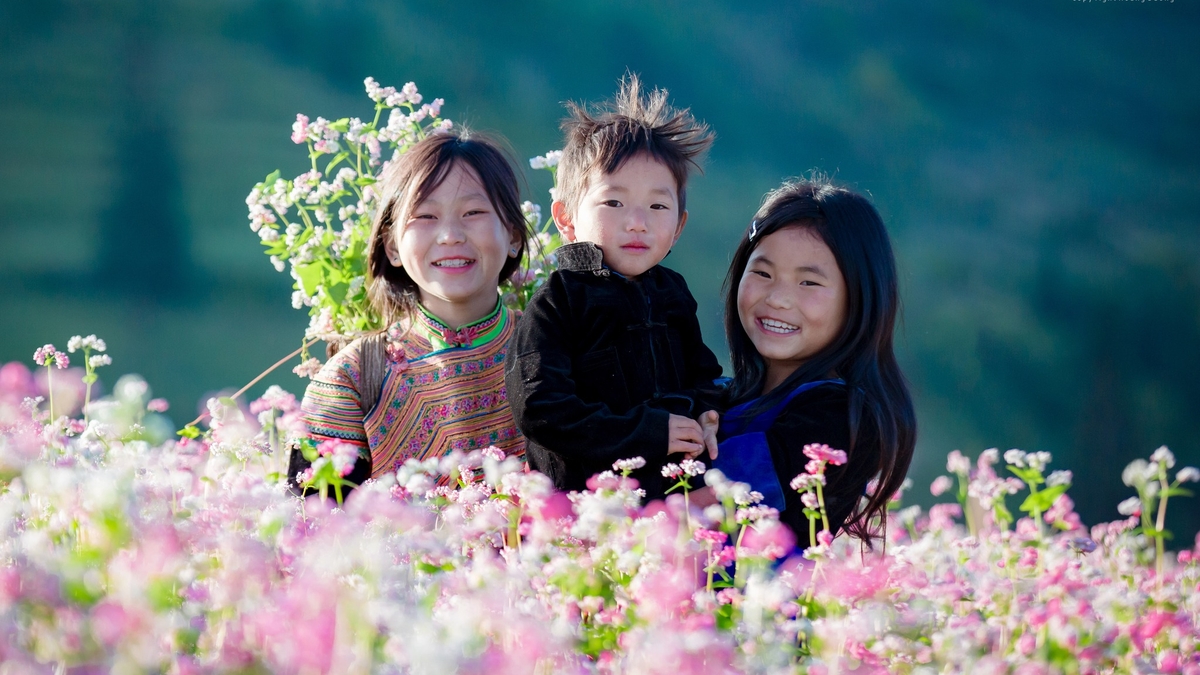

![[Photo] Highways passing through Dong Nai](https://vphoto.vietnam.vn/thumb/1200x675/vietnam/resource/IMAGE/2025/11/12/1762940149627_ndo_br_1-resize-5756-jpg.webp)
![[Photo] Prime Minister Pham Minh Chinh attends a conference to review one year of deploying forces to participate in protecting security and order at the grassroots level.](https://vphoto.vietnam.vn/thumb/1200x675/vietnam/resource/IMAGE/2025/11/12/1762957553775_dsc-2379-jpg.webp)









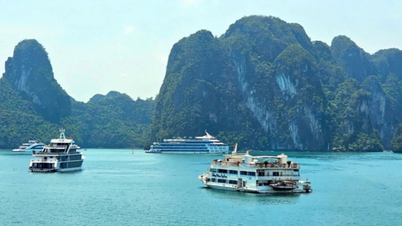

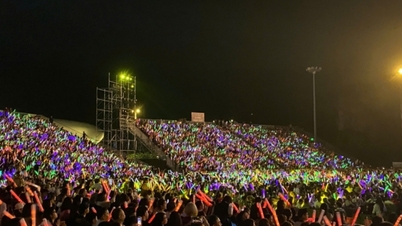

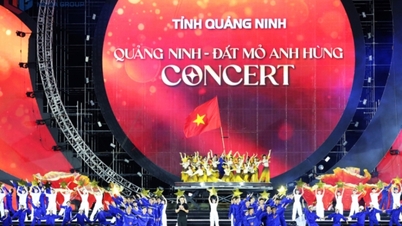

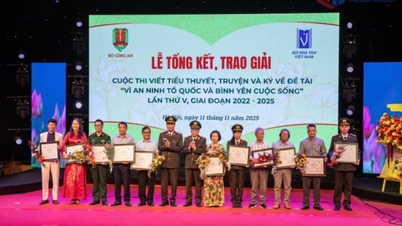
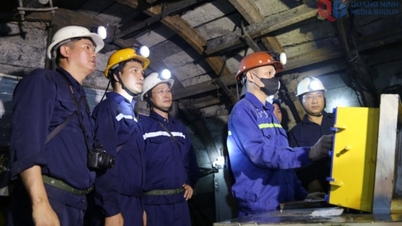





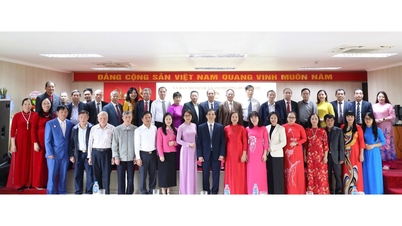

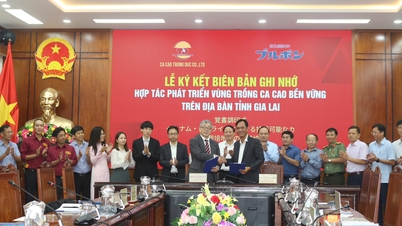


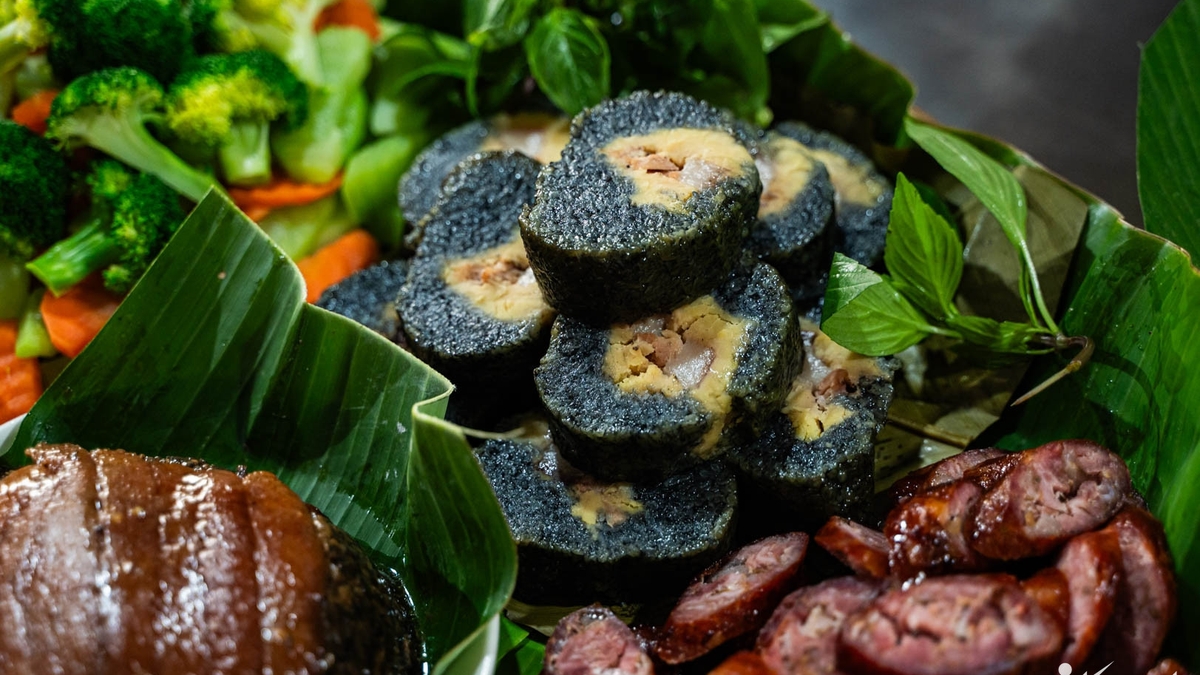




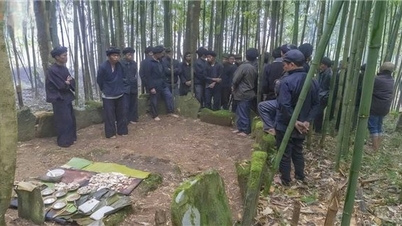


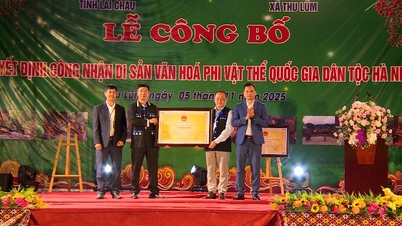

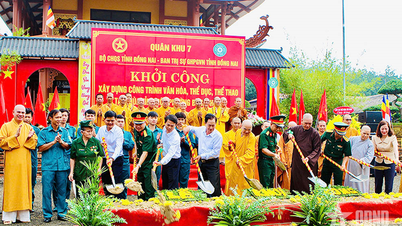





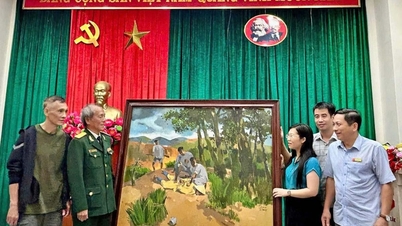

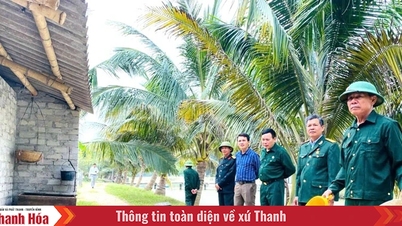




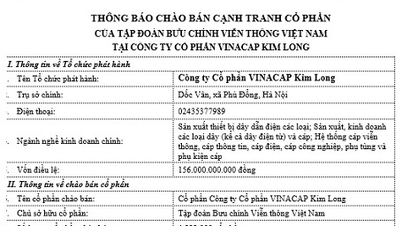


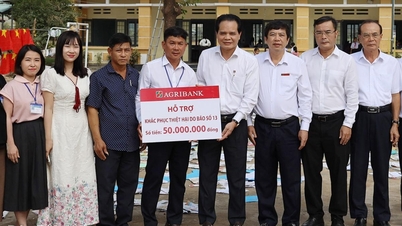










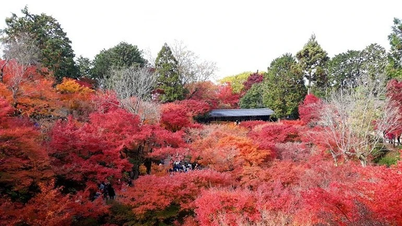








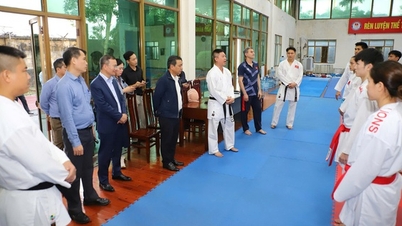








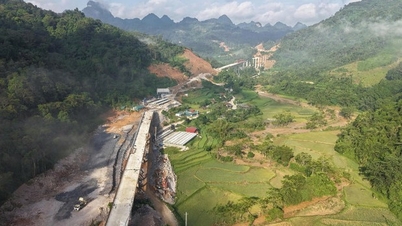
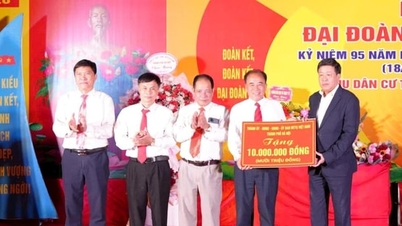





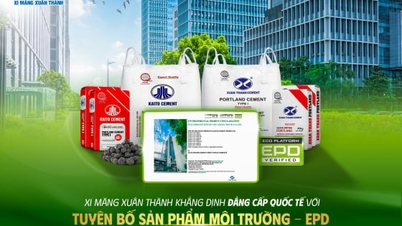

![Dong Nai OCOP transition: [Article 3] Linking tourism with OCOP product consumption](https://vphoto.vietnam.vn/thumb/402x226/vietnam/resource/IMAGE/2025/11/10/1762739199309_1324-2740-7_n-162543_981.jpeg)



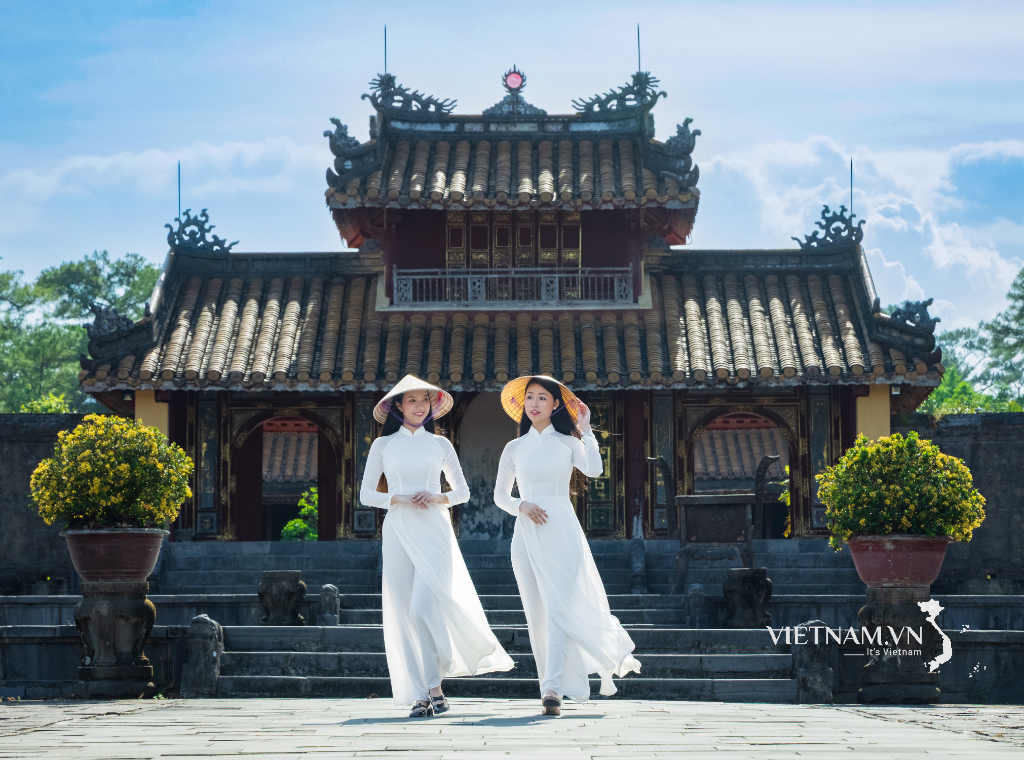
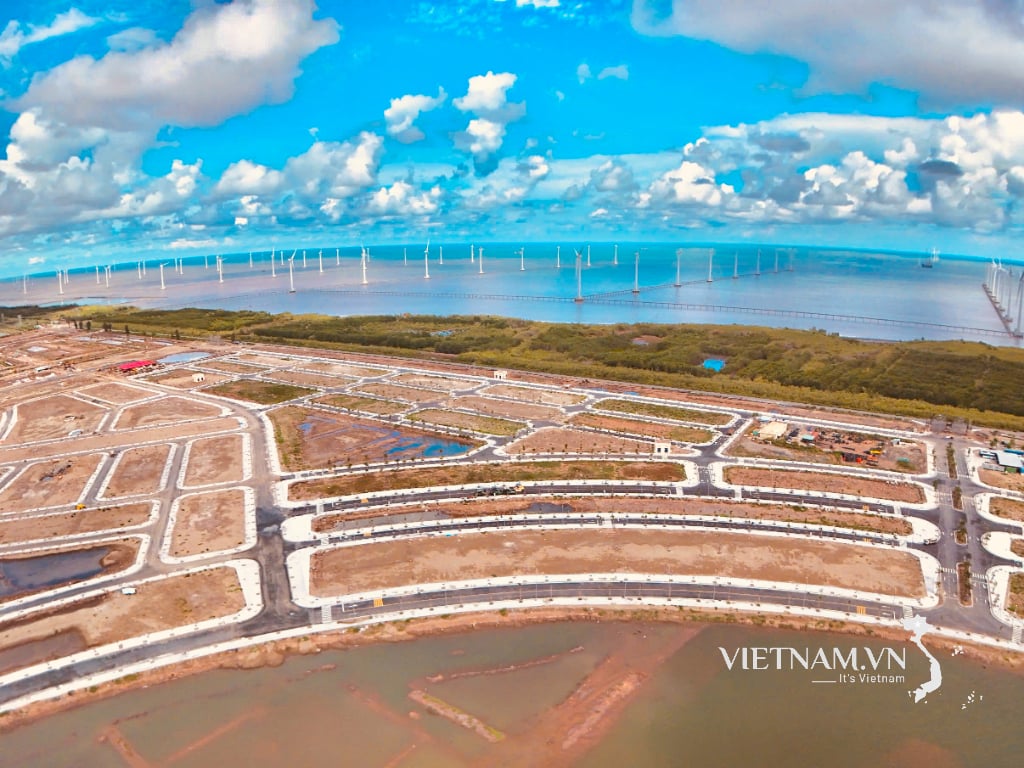

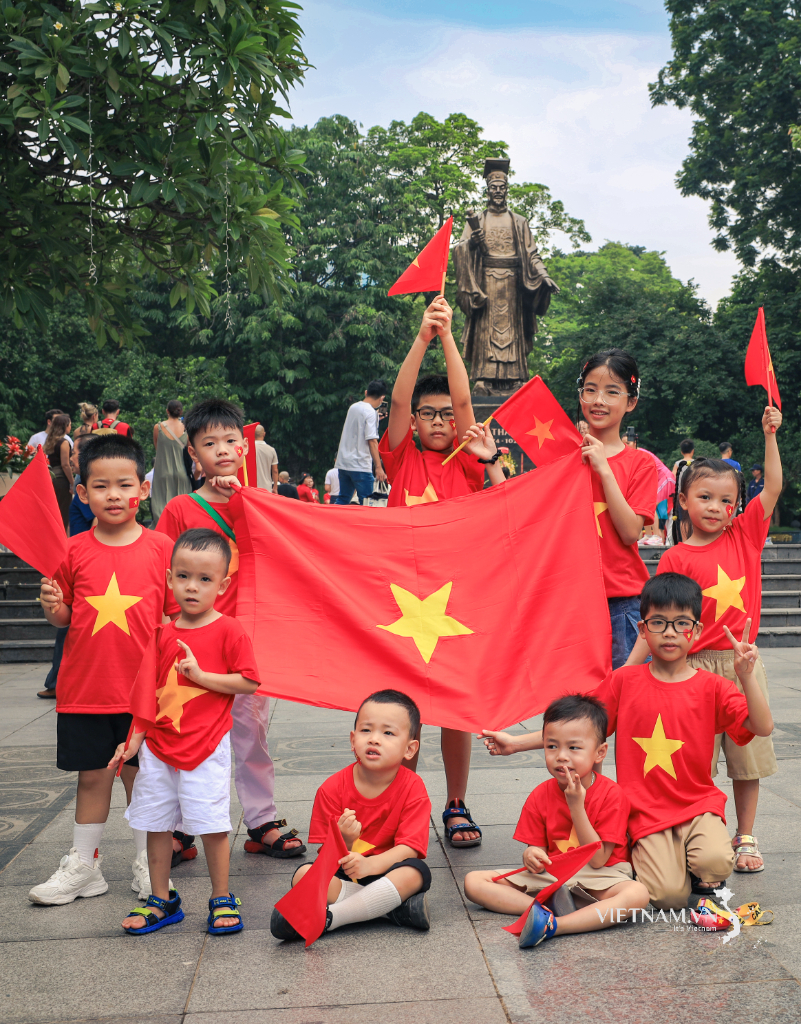
Comment (0)